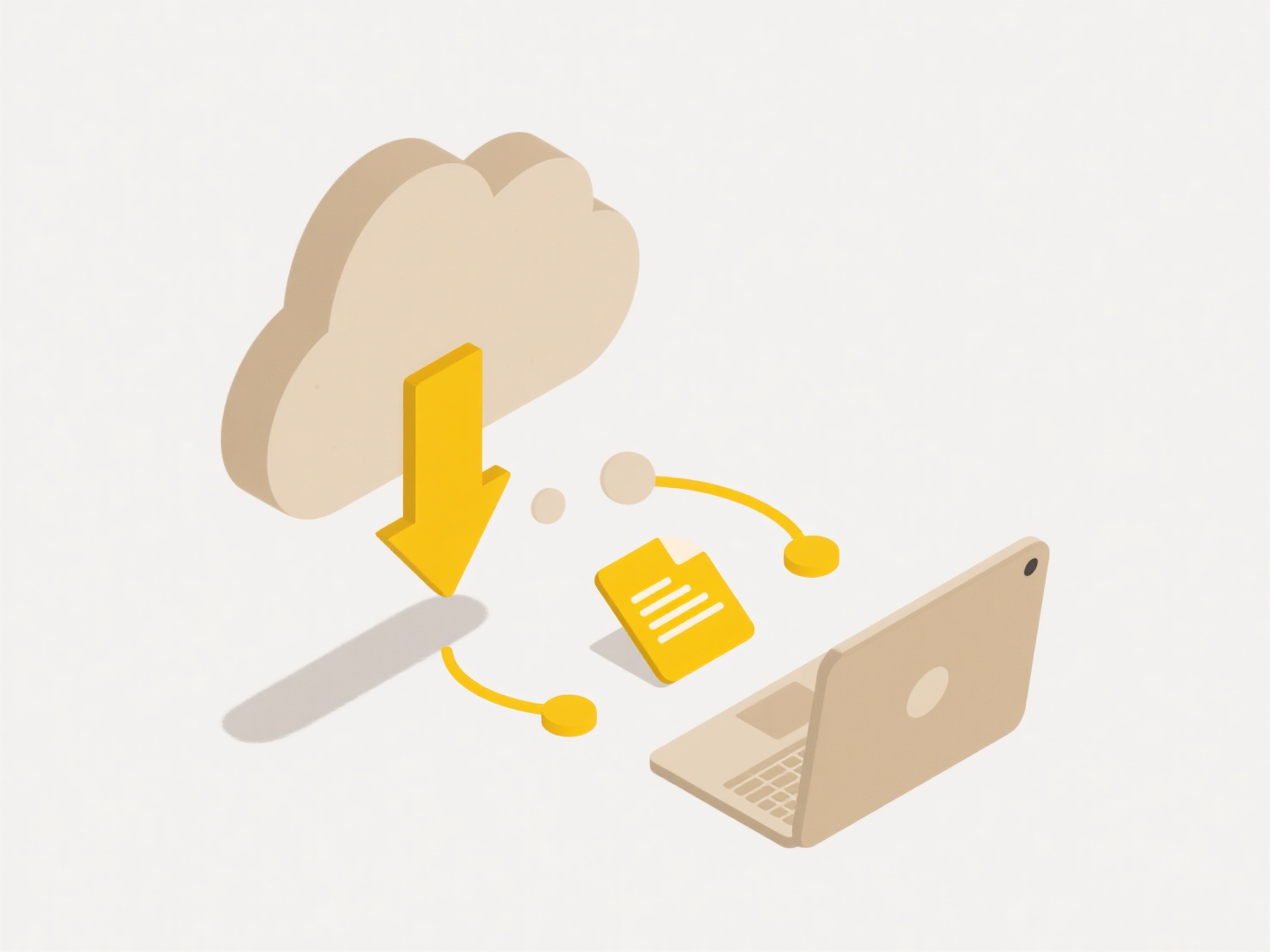
Read-only permission allows users to view information within a system or file but prevents them from making any changes, such as editing, deleting, or adding data. It functions like a one-way window: you can see what's inside but cannot alter its contents. This contrasts sharply with "write" or "edit" permissions, which grant users the ability to modify information directly. Think of it as looking at a document in a locked display case versus having the key to open it.

This permission is essential for controlling data access across various contexts. For example, companies often grant employees read-only access to important policies stored in SharePoint or Google Docs to prevent accidental edits. Financial auditors examining transaction records in a secure database are frequently limited to read-only access to ensure they cannot tamper with evidence during reviews, maintaining data integrity for compliance.
The primary advantage of read-only permission is enhanced security and data integrity, as it protects critical information from unintended or malicious modification. However, it can limit collaborative work or necessary updates if users require legitimate write access. Ethically, it helps enforce privacy by restricting data manipulation. Its stability makes it fundamental to data governance, although innovations may focus on integrating it more dynamically with temporary or contextual access controls.
What is “read-only” permission?
Read-only permission allows users to view information within a system or file but prevents them from making any changes, such as editing, deleting, or adding data. It functions like a one-way window: you can see what's inside but cannot alter its contents. This contrasts sharply with "write" or "edit" permissions, which grant users the ability to modify information directly. Think of it as looking at a document in a locked display case versus having the key to open it.

This permission is essential for controlling data access across various contexts. For example, companies often grant employees read-only access to important policies stored in SharePoint or Google Docs to prevent accidental edits. Financial auditors examining transaction records in a secure database are frequently limited to read-only access to ensure they cannot tamper with evidence during reviews, maintaining data integrity for compliance.
The primary advantage of read-only permission is enhanced security and data integrity, as it protects critical information from unintended or malicious modification. However, it can limit collaborative work or necessary updates if users require legitimate write access. Ethically, it helps enforce privacy by restricting data manipulation. Its stability makes it fundamental to data governance, although innovations may focus on integrating it more dynamically with temporary or contextual access controls.
Related Recommendations
Quick Article Links
What happens to cloud files when I uninstall the sync app?
Uninstalling the cloud sync app only removes the application responsible for synchronizing files between your computer a...
What file formats work best for mobile app data export?
Mobile app data exports typically use formats balancing accessibility and structure. Common choices include CSV (comma-s...
Can two files have the same name if they're in different folders?
Yes, two files can have the same name if they are stored in different folders (also known as directories). This is possi...